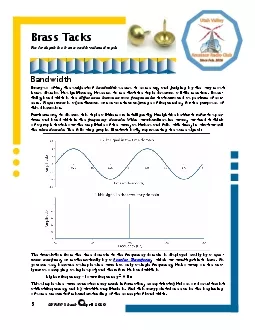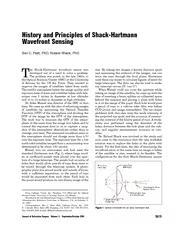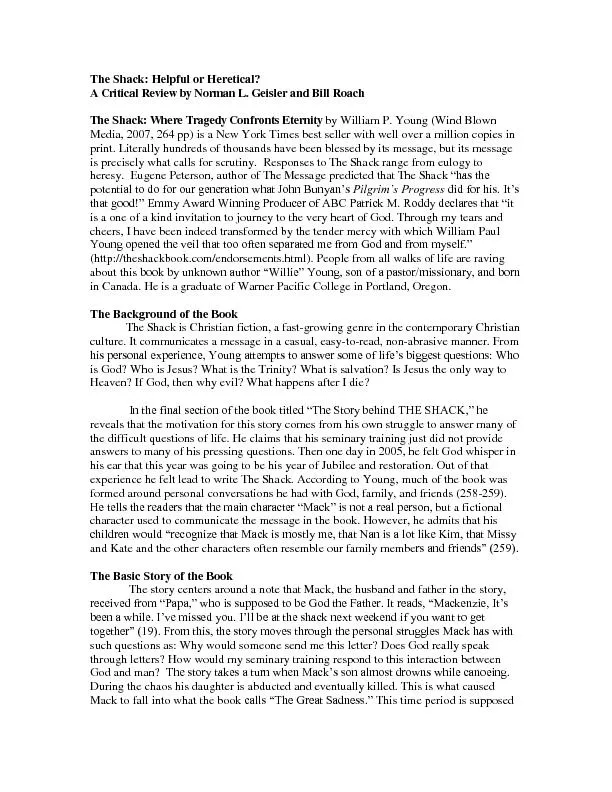PDF-UVARC Shack
Author : cadie | Published Date : 2021-08-26
5 April 2020Brass TacksAn indepth look at a radiorelated topicBandwidthEvery so often the subject of bandwidthseems to come up and judging by the way most hams dismiss
Presentation Embed Code
Download Presentation
Download Presentation The PPT/PDF document "UVARC Shack" is the property of its rightful owner. Permission is granted to download and print the materials on this website for personal, non-commercial use only, and to display it on your personal computer provided you do not modify the materials and that you retain all copyright notices contained in the materials. By downloading content from our website, you accept the terms of this agreement.
UVARC Shack: Transcript
Download Rules Of Document
"UVARC Shack"The content belongs to its owner. You may download and print it for personal use, without modification, and keep all copyright notices. By downloading, you agree to these terms.
Related Documents














